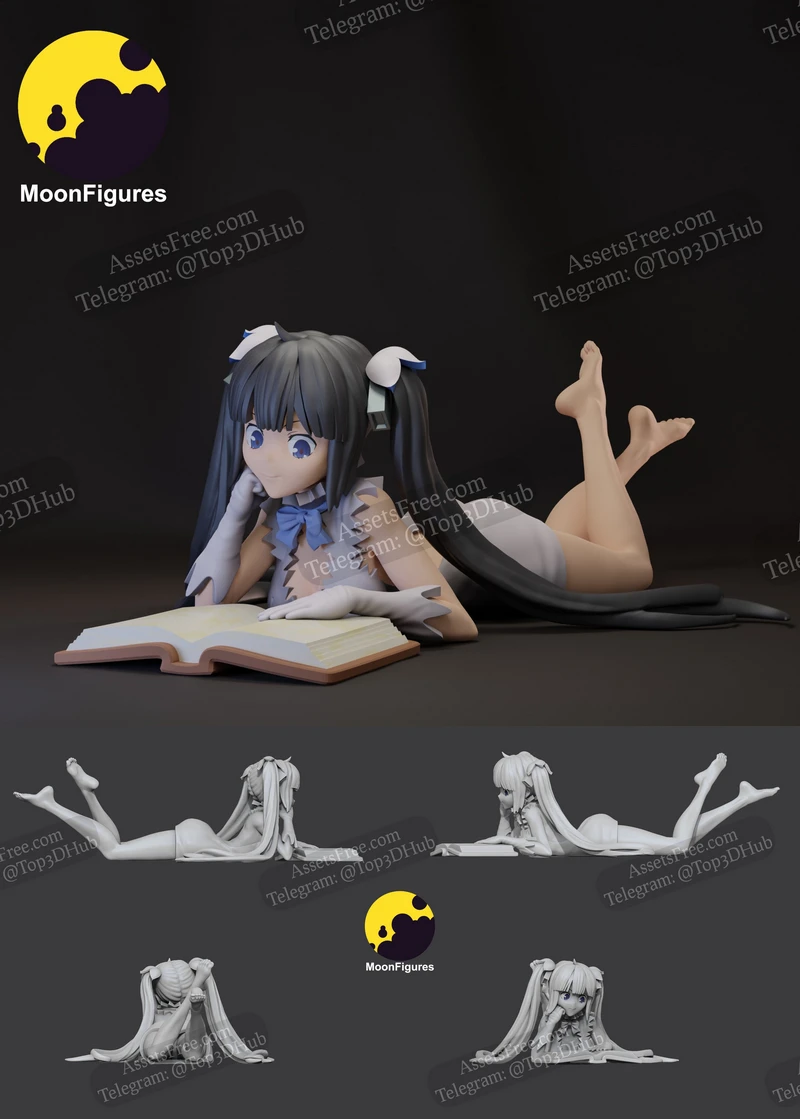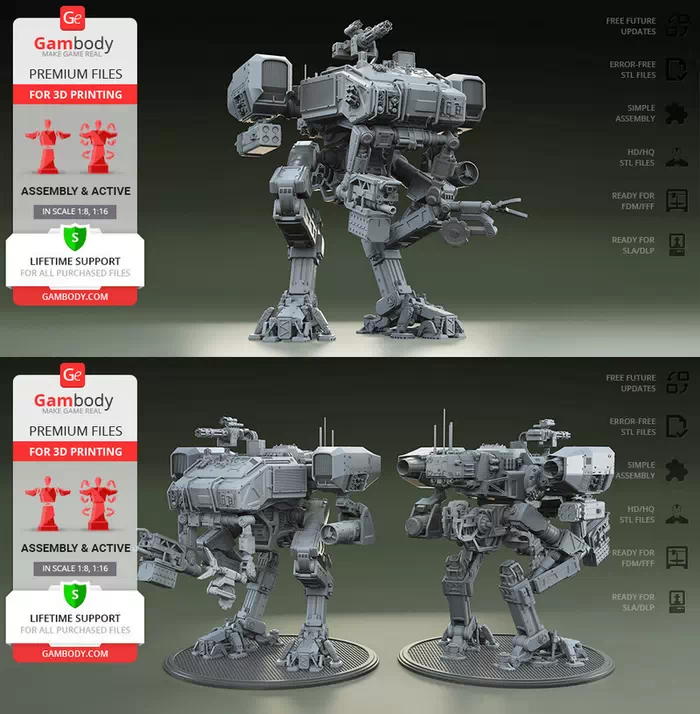
Hestia – 3D print model STL
3D Print File Format: STL
Hestia is a goddess in ancient Greek mythology, and she is one of the Twelve Olympians, the principal deities of the Greek pantheon. Here are some key points about Hestia:
Goddess of the Hearth: Hestia is primarily known as the goddess of the hearth, home, and family. Her name is derived from the Greek word “hestia,” which means “hearth” or “fireside.”
Symbolism: The hearth in ancient Greek households represented the center of domestic life, warmth, and the family’s well-being. Hestia’s role was to preside over these aspects and receive offerings at the hearth.
Virgin Goddess: Hestia is often referred to as a virgin goddess, meaning she did not marry or have children. In some myths, she took a vow of eternal chastity, choosing to remain focused on her sacred duties.
Olympian Goddess: Despite her importance, Hestia is not as prominent in mythology as some other Olympian gods and goddesses. She is known for her peaceful and nurturing nature.
Sacrificial Offerings: In ancient Greek households, the first and last portions of a meal were often dedicated to Hestia as a symbolic offering. This act reinforced the importance of the hearth and home.
Temple of Vesta: In Rome, Hestia’s counterpart was Vesta, and there was a prominent temple dedicated to Vesta called the Temple of Vesta. The Vestal Virgins tended to the sacred fire in this temple.
Depictions: Hestia is typically depicted as a mature woman, sometimes holding a staff or a patera (a shallow ritual dish used for pouring libations). Her image often conveys a sense of serenity and domesticity.
While Hestia may not be as extensively featured in myths as some other gods and goddesses, her significance in daily life and religious rituals of ancient Greece was profound. She represented the importance of the home and hearth, fostering a sense of warmth, security, and familial bonds.








